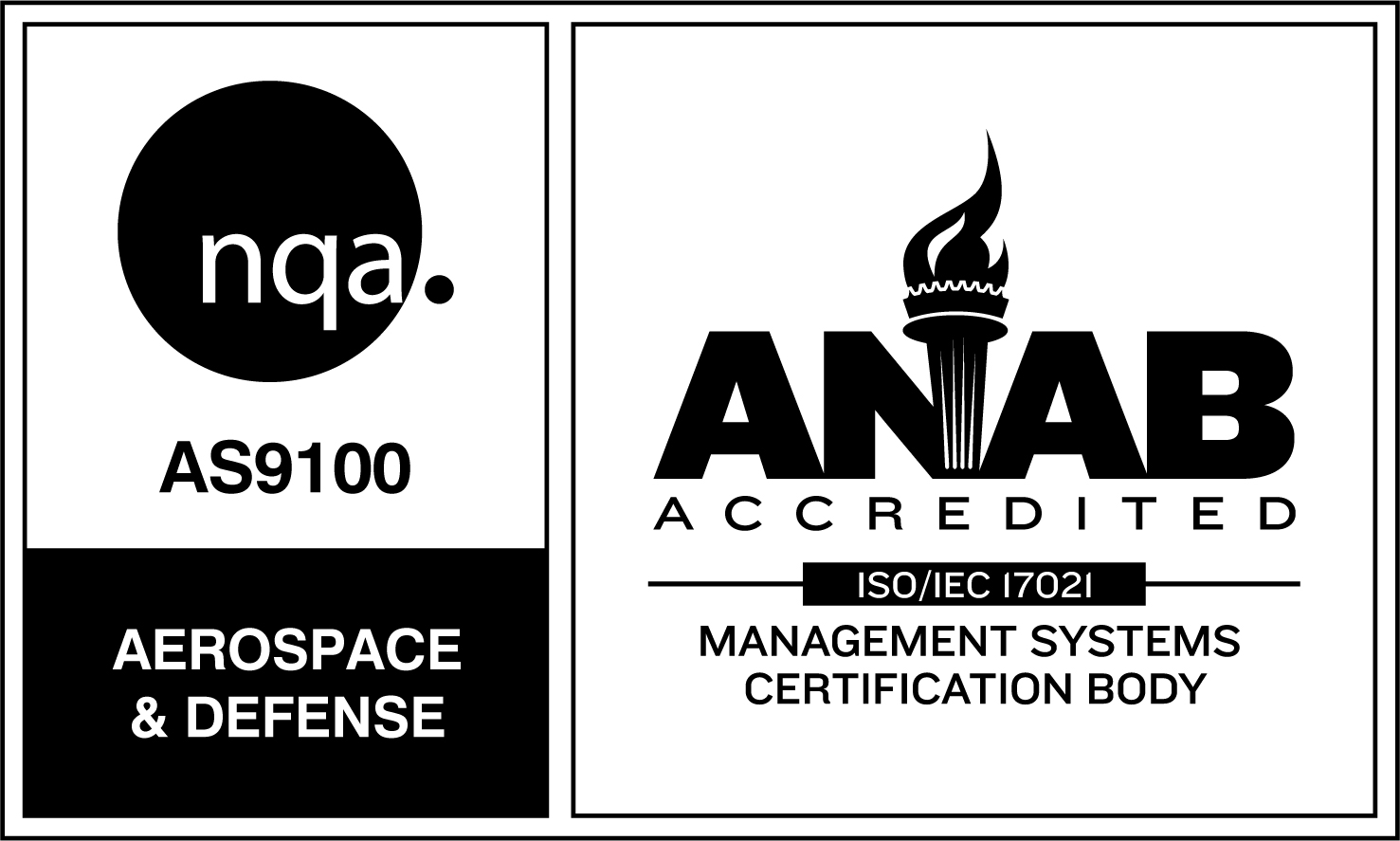It’s not rocket surgery. Or is it?
Here at Thermal-Vac, we like to think we have something in common with brain surgeons. Just like you wouldn’t want someone guesstimating about the best spot to apply the bone saw, you don’t want imprecise engineering in a medical device used to save your life.
They don’t call it surgical precision for nothing! Medical devices must adhere to exceptionally tight standards. Not every facility is ready to take on such demanding projects, but at Thermal-Vac, we’re experts in the exacting specifications of the medical field.
Exotic methods for exotic uses
You can’t just use any old metal for medical devices—much like rocket parts, they have to be durable and operate at peak performance in tough conditions. Because medical devices often include components made from exotic materials, they can present significant challenges for brazing and heat-treating shops.
Improperly joined parts or an unplanned surface texture on components can have pretty serious consequences when the machine they’re part of is the human body. Unlike with other engine components, when something goes wrong with a medical device, particularly something like an artificial joint, a pacemaker or something implanted, you can’t just take it into the body shop and have a mechanic pop the hood and tinker until it’s working correctly. Medical device manufacturers need to think through many possible conditions that might put stress on the components, and design and manufacture for performance and durability.
The extraordinary conditions of the human body, or cutting-edge medical imaging technology, for example, often require working with exotic materials.
Superalloys have superpowers
Superalloys sound like alloys with super strength that go around in a mask and a cape, saving lives—but in a medical device context, that’s not too far from the truth. Obviously, superalloys don’t wear capes—the aerodynamics of capes and tangling potential is appalling!
But superalloys do have super strength. Superalloys and not-so-common materials such as titanium, zirconium, and hafnium produce medical devices and tools with high strength-to-weight ratios. These metals also like it hot. Superalloys have an affinity for high temperatures, and can be expensive, take time to obtain, and require detailed planning to use.
Manufacturers that are equipped and experienced enough to work with these materials must commit to maintaining the resources and solutions to meet medical industry manufacturing standards.
Every superhero has a backstory
For components used in medical devices, you can’t get super strength from a radioactive spider bite or a lab accident. Heat treating methods for medical devices vary depending on the components and design, but dependable results are never achieved by accident. Heat treating and brazing to achieve the kind of strength and durability needed for medical devices is a precise, rigorous process.
Even though you may not be able to see it when it’s hidden in an MRI machine or in somebody’s knee, medical devices need to be bright and shiny because that’s a good indicator that contaminants haven’t accumulated on the surface during the manufacturing process. This is a vital reason to braze in a vacuum: elimination of stray materials that otherwise might accrue on the surface of a part brazed in air. Vacuum brazing can also be completed without flux, further reducing variables that can affect joint strength and can cause discoloration and other problems. Joint strength and durability are understandably crucial when that brazed joint forms part of a machine in constant use in a busy hospital.
In the absence of air, the vacuum brazing furnace also ensures high-integrity, flux-free joints of superior strength. The process improves temperature uniformity and results in lower residual stresses because of its slow heating and cooling cycles.
It’s not all about super strength
Medical devices don’t just need super strength. They need a mix of qualities to prevail: specific thermal and mechanical properties that are critical to the operation of a medical device. Applying precise techniques in the brazing and heat treating process can significantly improve these properties.
Vacuum brazing also produces cleanly fused components that don’t need the same post-processing as with other methods. It’s not enough to just dunk delicate medical instruments and technology components in soapy water if there are surface impurities! Brazing temperature, critical to the process, must be past the filler metal’s melting point, but best practices include processing at the lowest temperature to minimize distortions and base metal interactions and to lengthen the life of the device. Optimal brazing processes minimize both the time and cost of processing. The exacting environment of our vacuum furnaces allows for precise temperature control at all stages to ensure bright, shiny parts every time, even in a large-scale manufacturing process.
What we offer at Thermal-Vac
We’re exactly the kind of nerds you want on your team.
At Thermal-Vac, we’re all about precision and accuracy. It might be a bit of a drag when we geek out about metallurgy in conversation, but when we’re working with parts that literally could be in your hip, your knee, or your heart – you want sticklers like us manning the temperature dial.
Not every brazing and heat-treating facility chooses to produce precision medical tools because it requires experience in working with exotic metals, advanced techniques, and highly specialized equipment.
Thermal-Vac‘s in-house engineering team studies every project we do to ensure our processes will deliver consistent results. We’ll work with you to verify that designs are optimized for brazing and finishing, so projects can be completed on time and on budget.
What are your design and assembly challenges? We’d love to hear from you. Give Thermal-Vac a call today to start a conversation.


